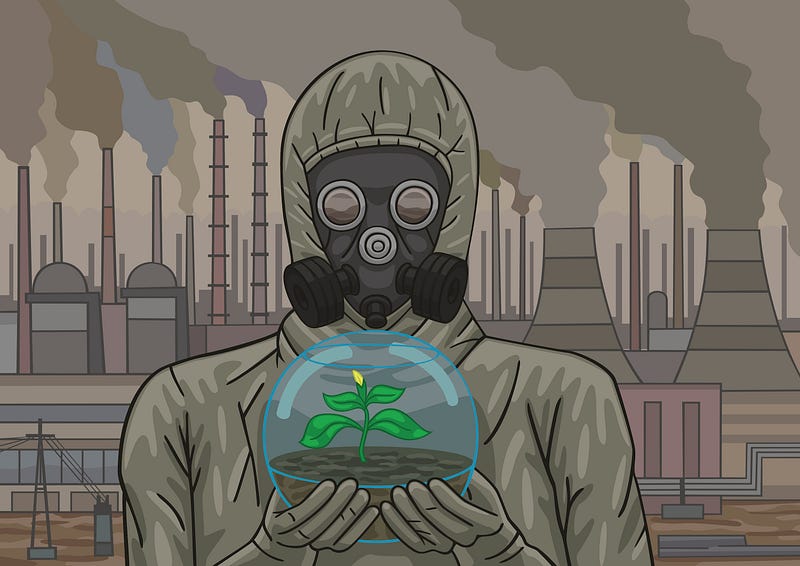Long after the last print copy of the King James Bible has disintegrated and the Venus de Milo has gone to powder, the glory of our civilization will survive in misshapen, neon-flecked rocks called plastiglomerate: compounds of sand, shells and molten plastic, forged when discarded wrappers and bottle caps burn in beach campfires. Additional clues about the way we lived will be found in the ubiquity of cesium-137, the synthetic isotope produced by every nuclear detonation, and in the glacial ice (should any glaciers remain) that will register a spike of atmospheric carbon dioxide beginning in the Industrial Revolution. Future anthropologists might not be able to learn everything there is to know about our culture from these geological markers, but they will be a good start.
 |
| Image: strelss/iStock/Getty Images Plus |
In the beginning, humans tended to view nature as a mortal enemy — with wariness, dread and aggression. The closer we were to the other animals, the more threatened we were by their proximity — geographical and behavioral. “Wilderness”: from the Old English -ness + wild + deor, “the place of wild beasts.” In the Old and New Testaments, “the wilderness” is a godless, hostile domain, the anti-Eden; Samuel Johnson defined it as “a tract of solitude and savageness”; William Bradford, a founder of Plymouth Colony, reacted to the untrammeled New World with horror, calling it “hideous & desolate … full of wild beasts & wild men.”
Read The New York Times Magazine story by Nathaniel Rich - “Climate Change and the Savage Human Future.”

No comments:
Post a Comment